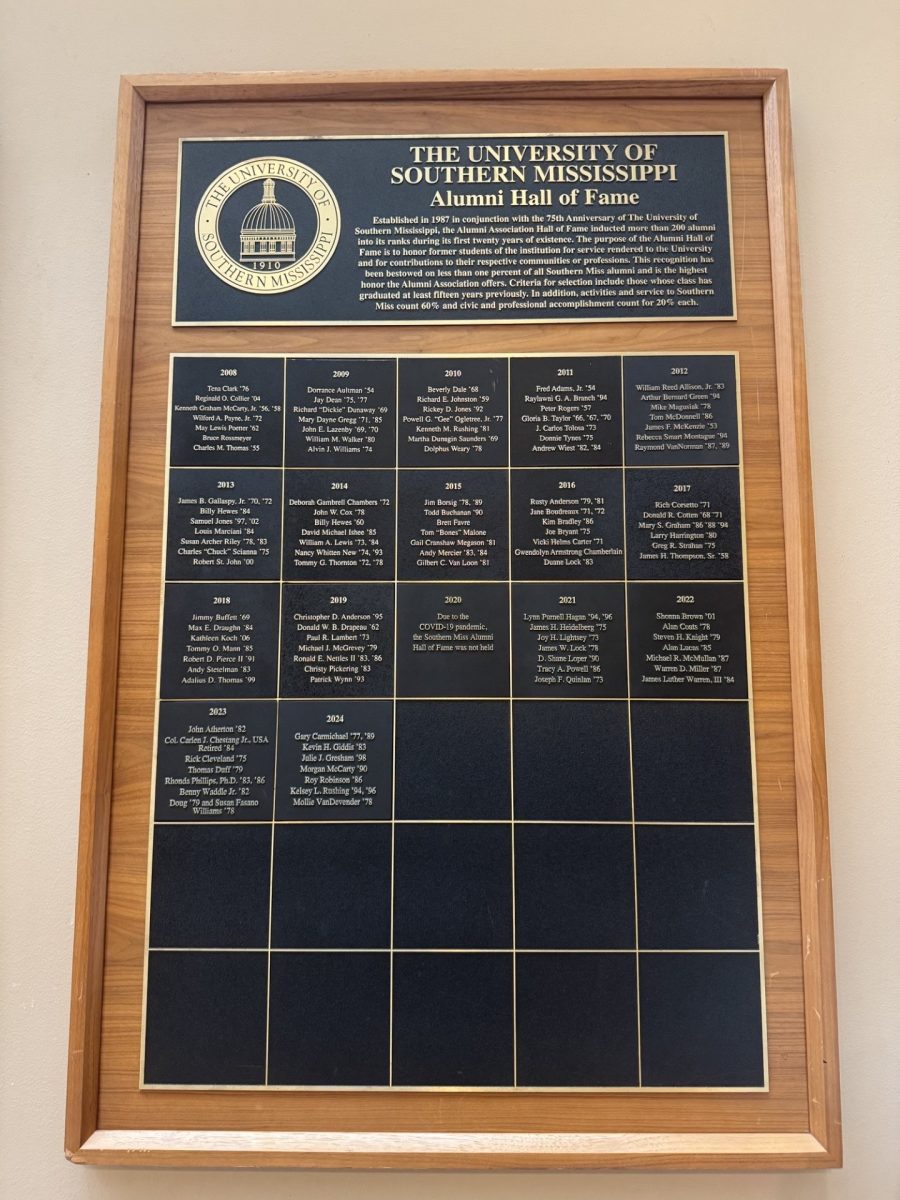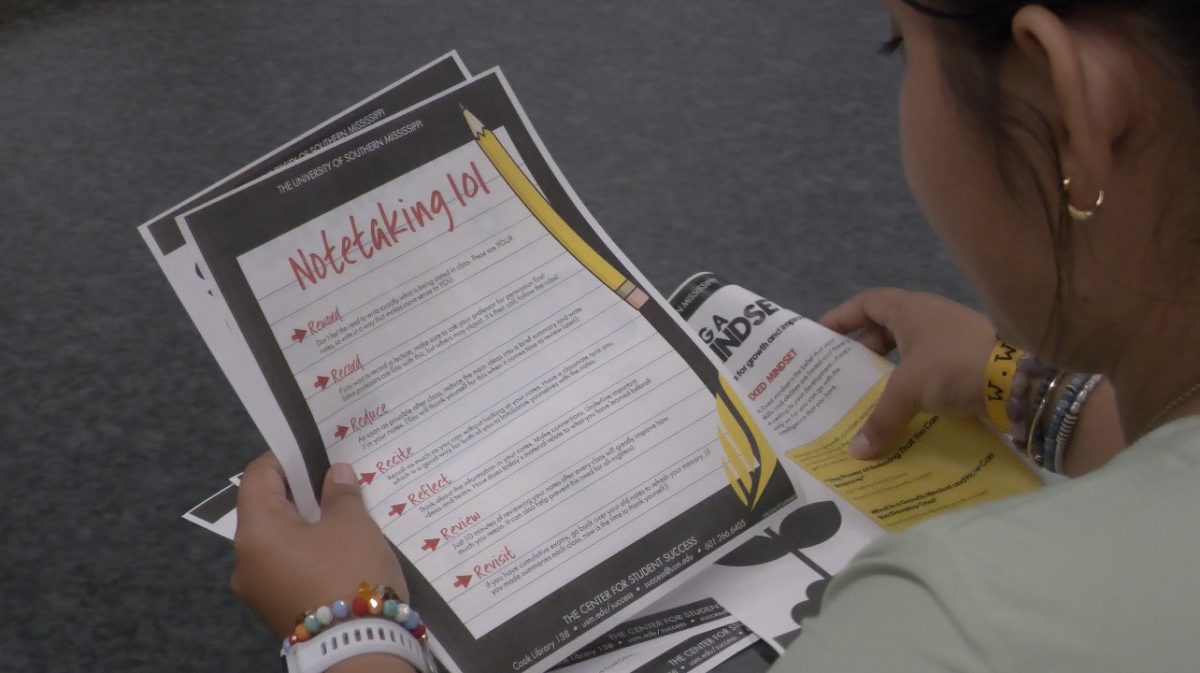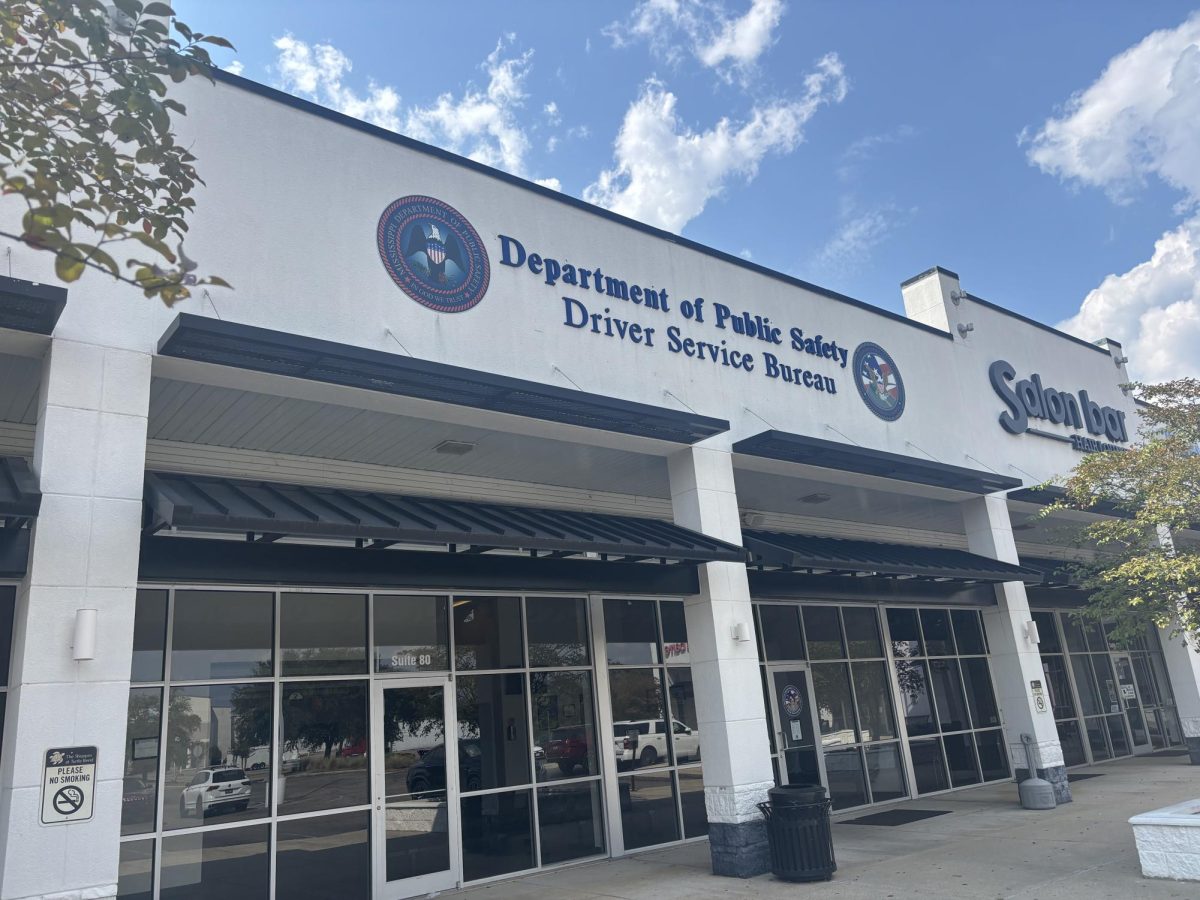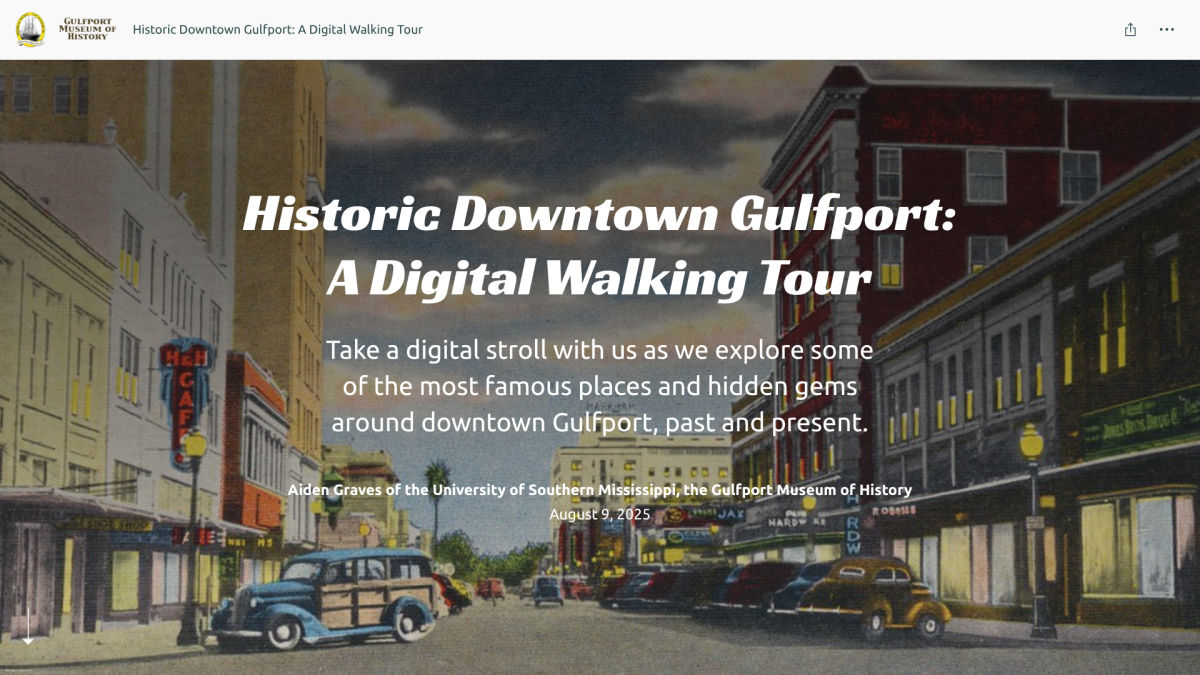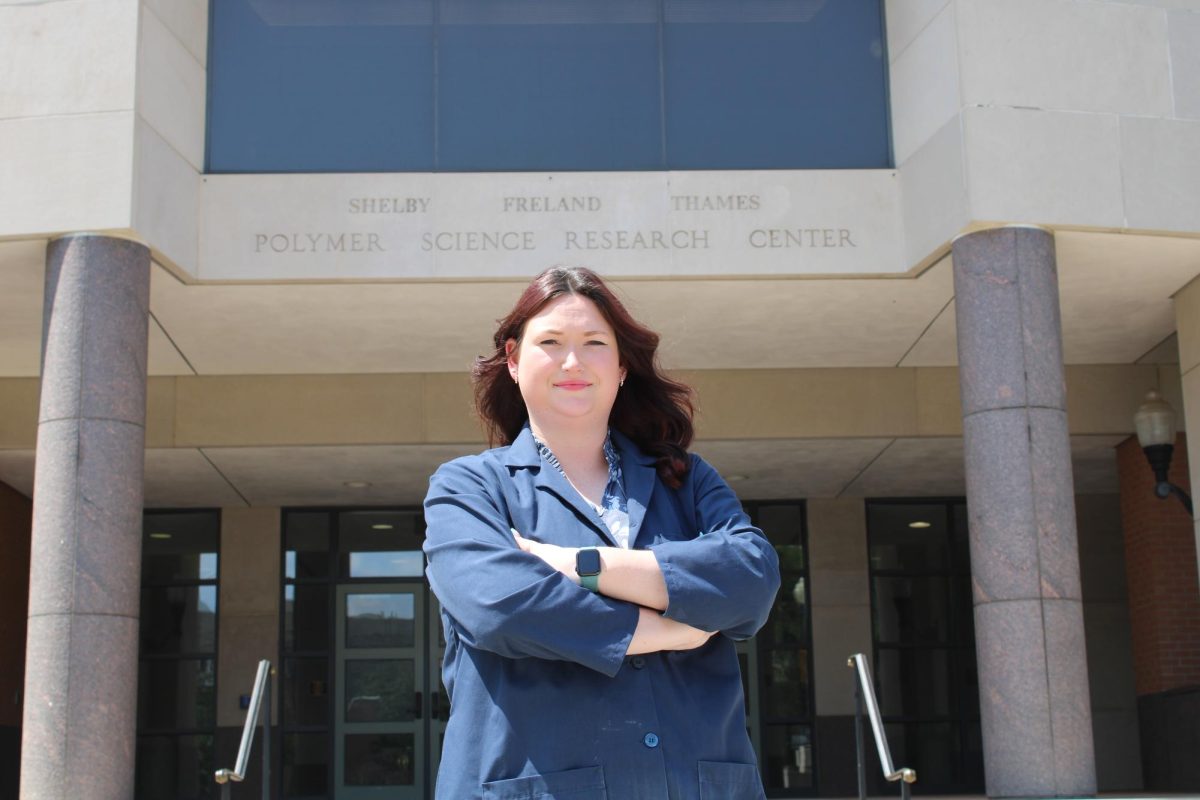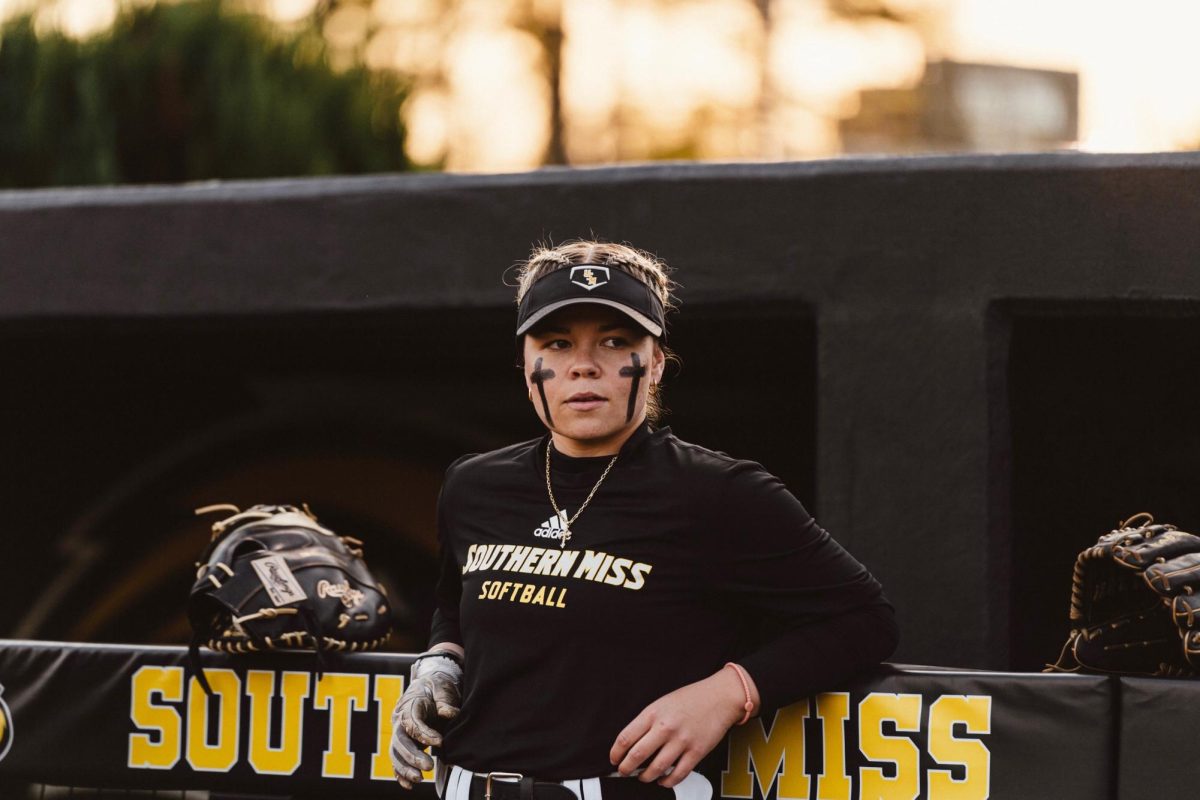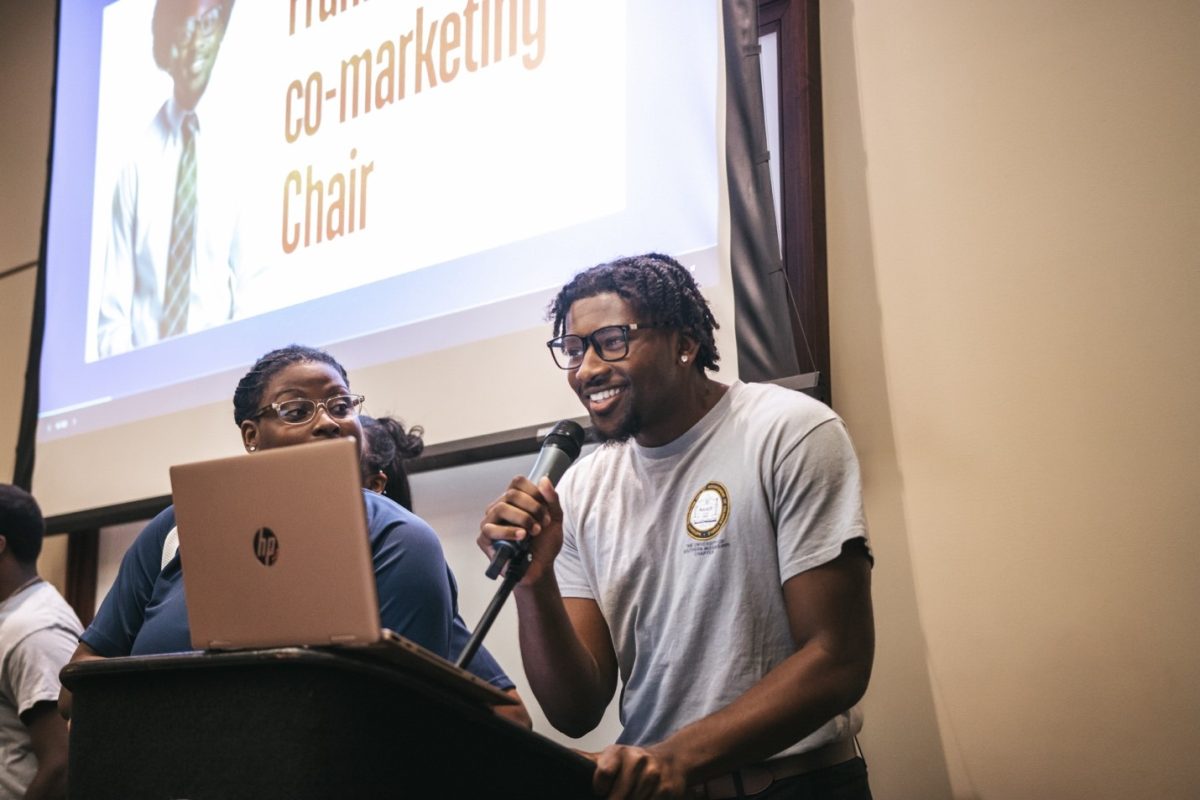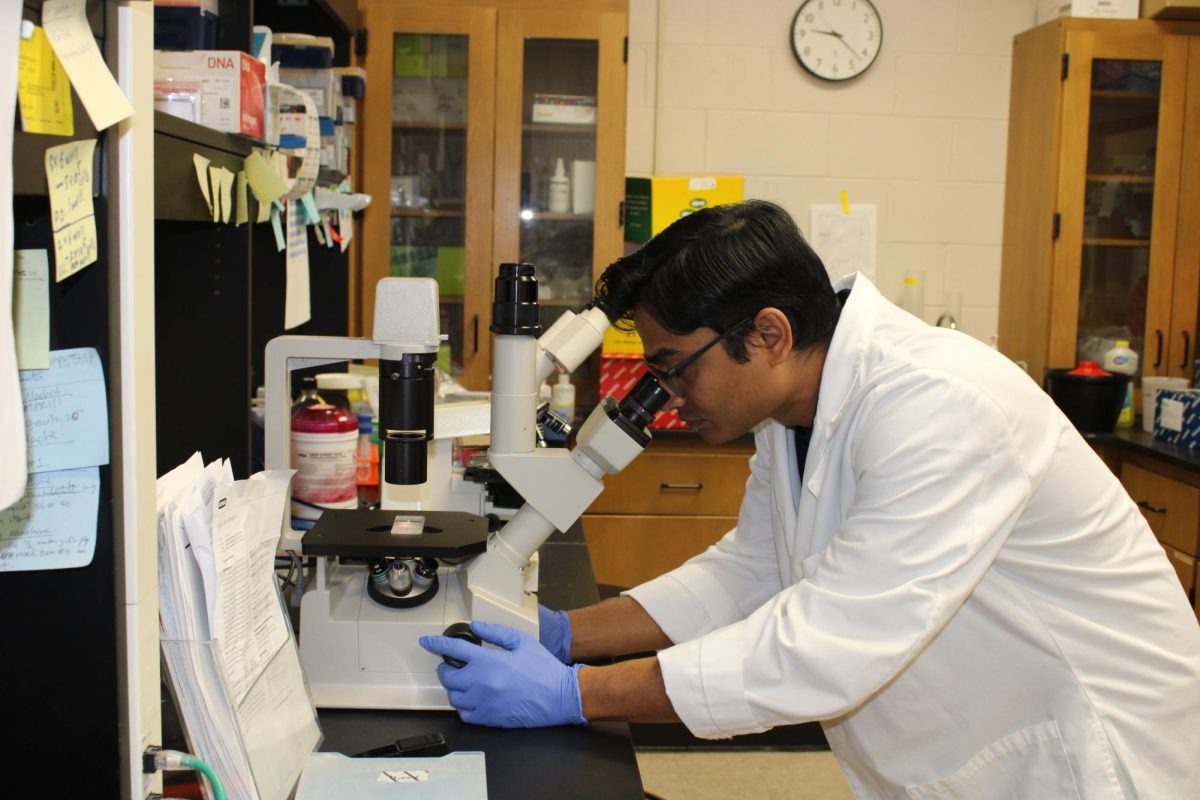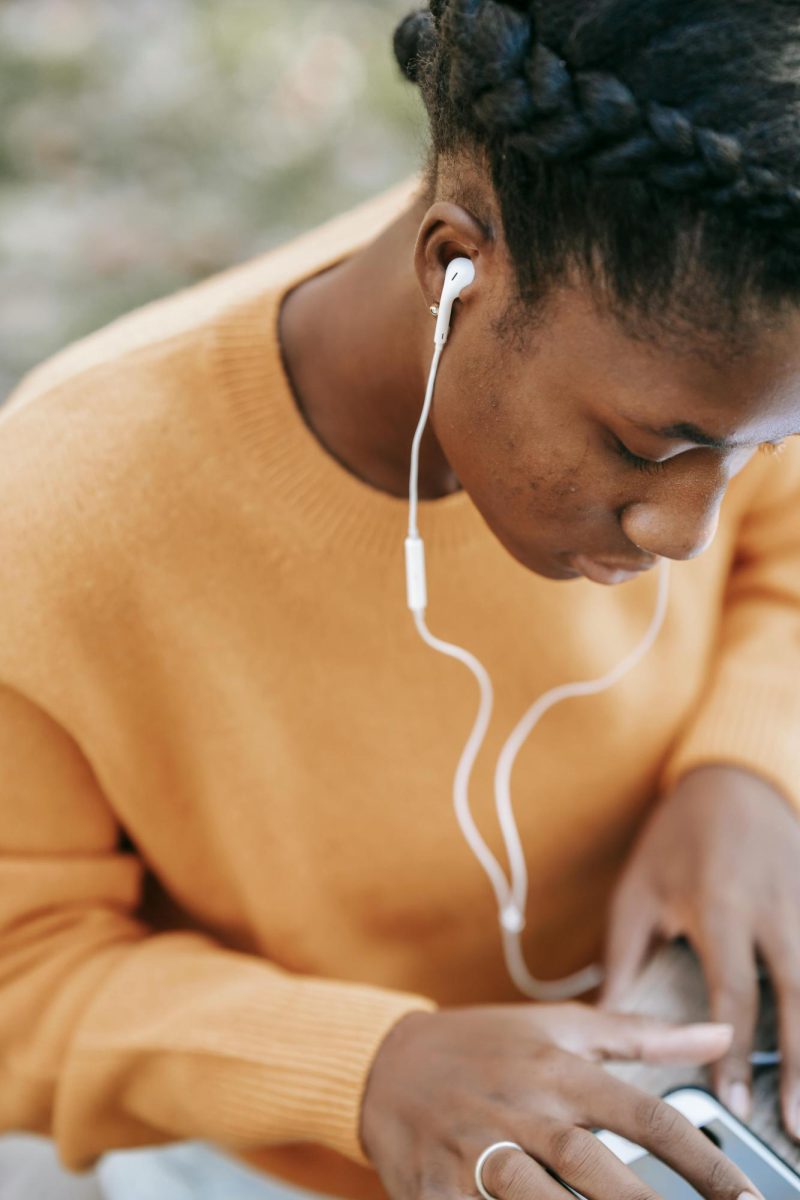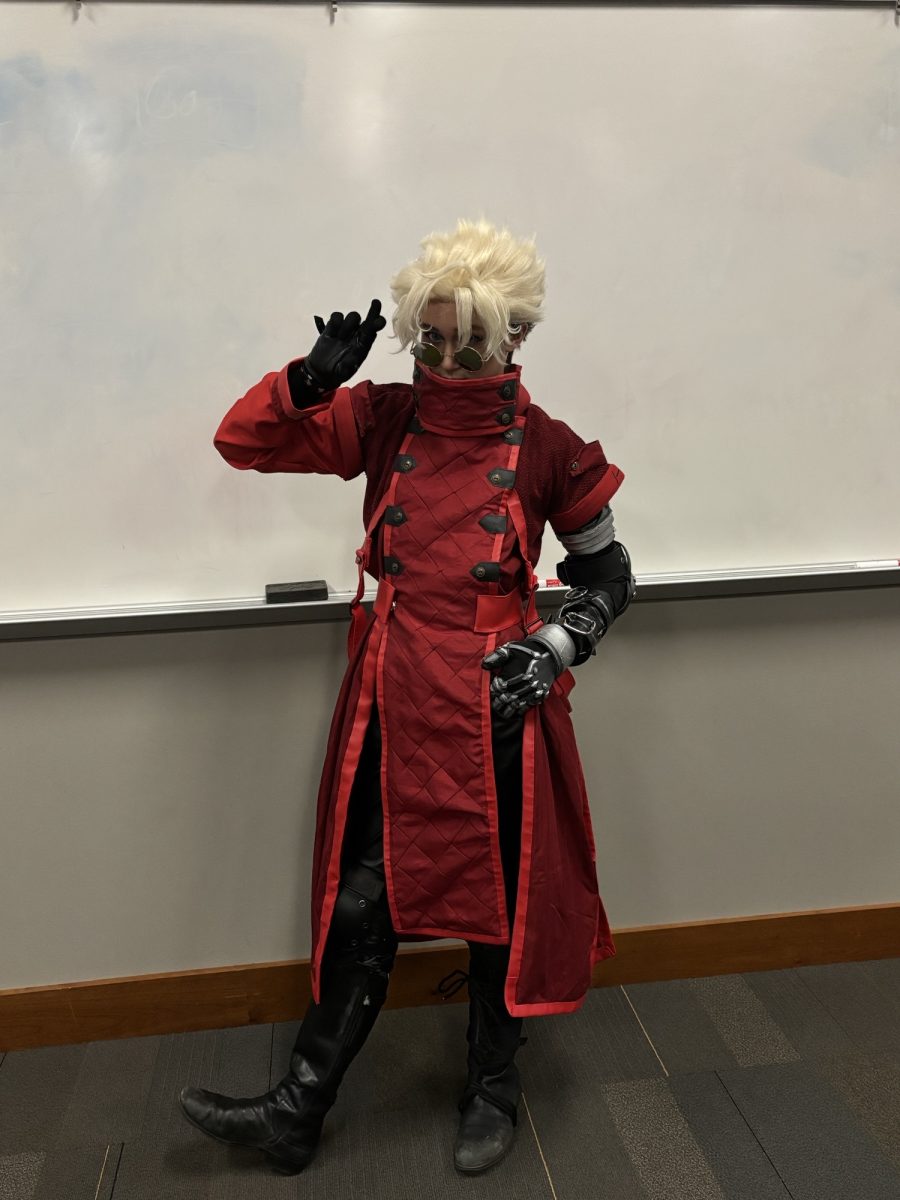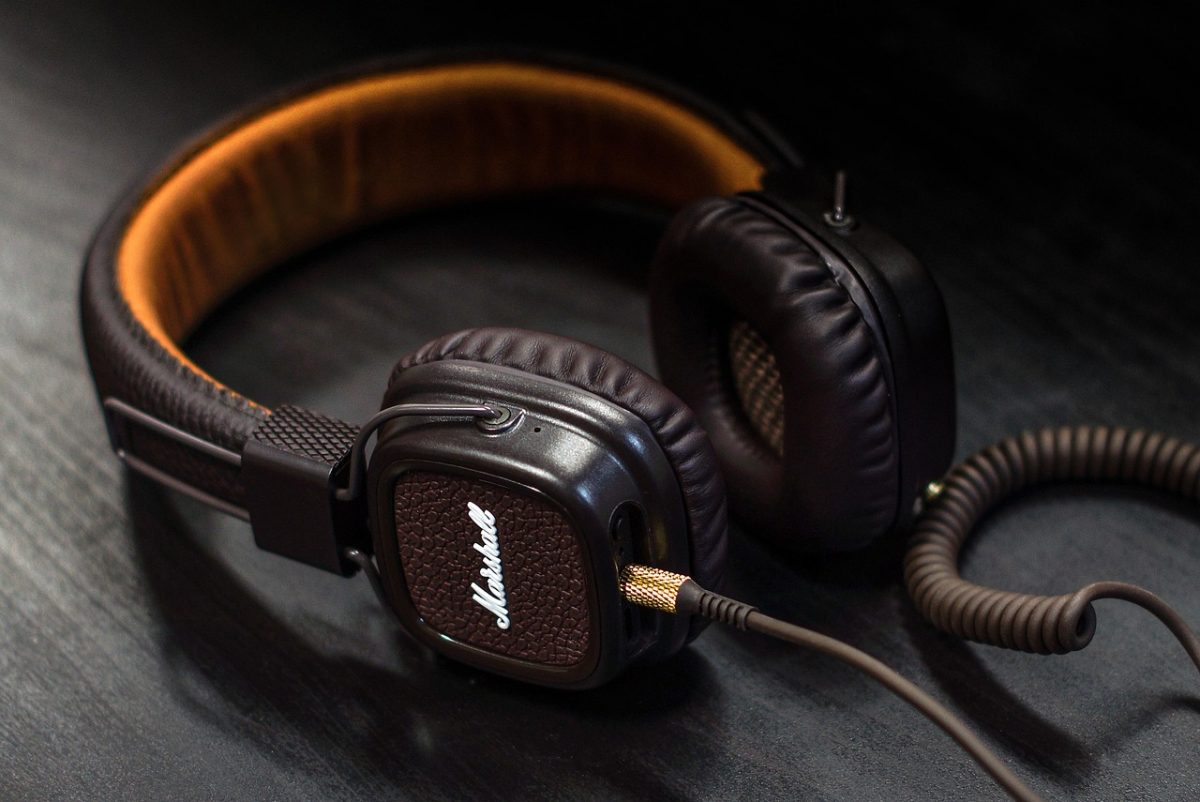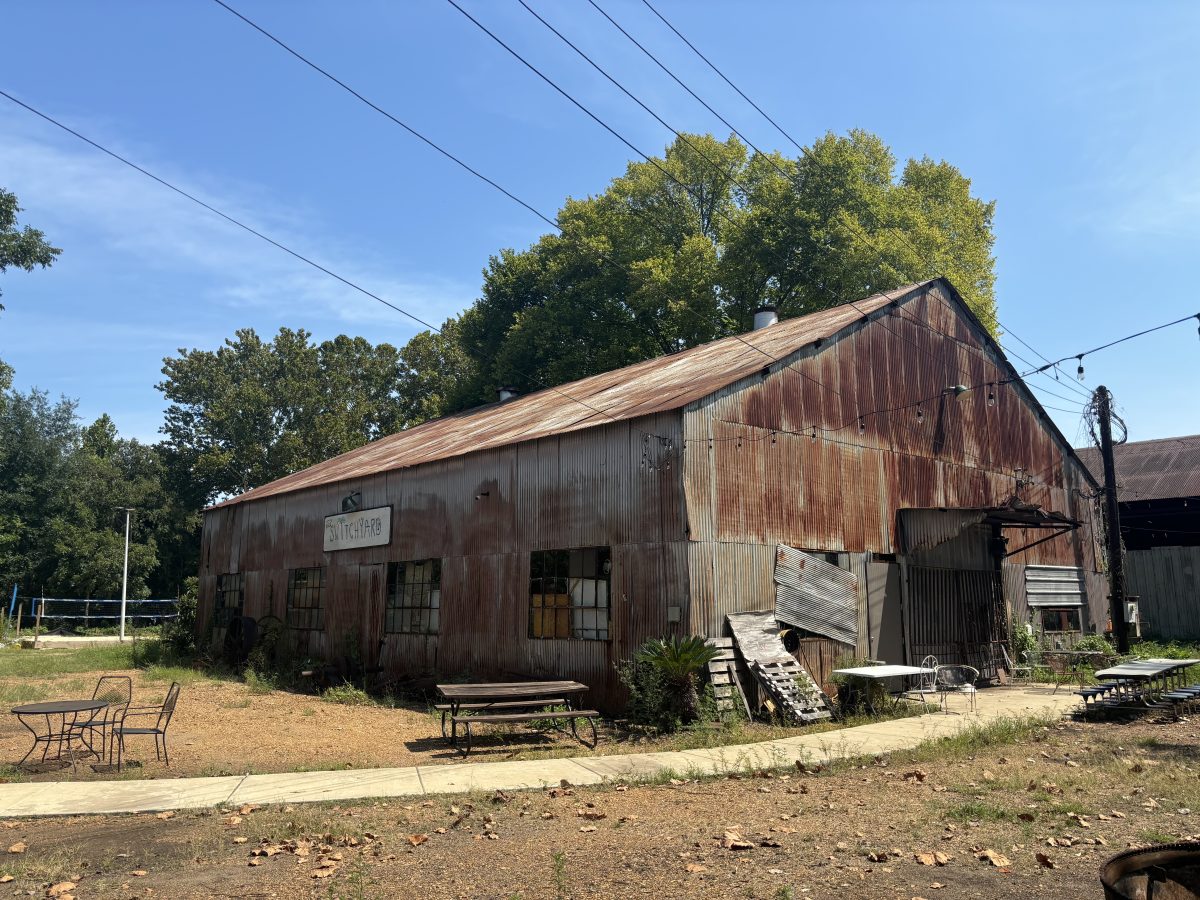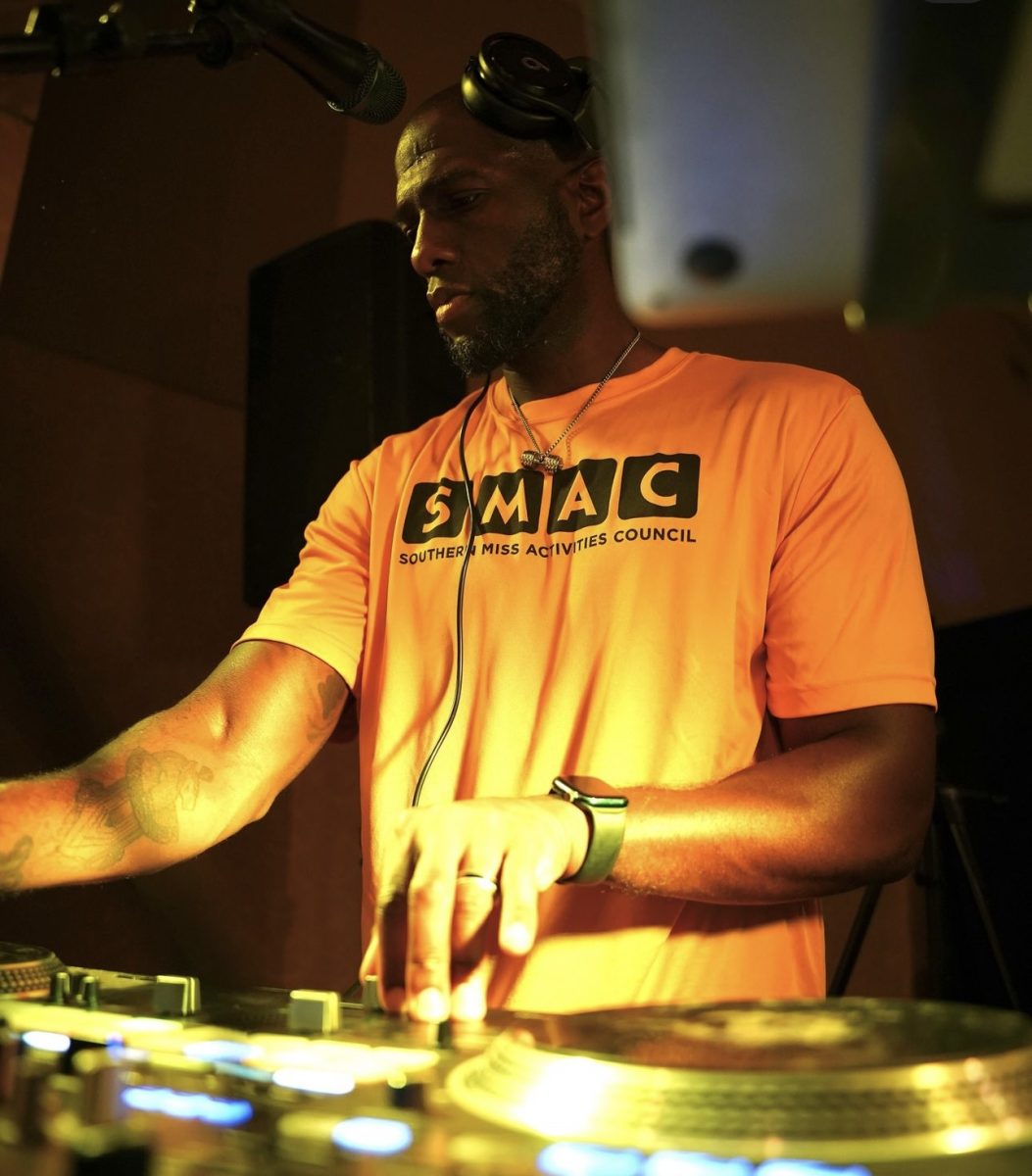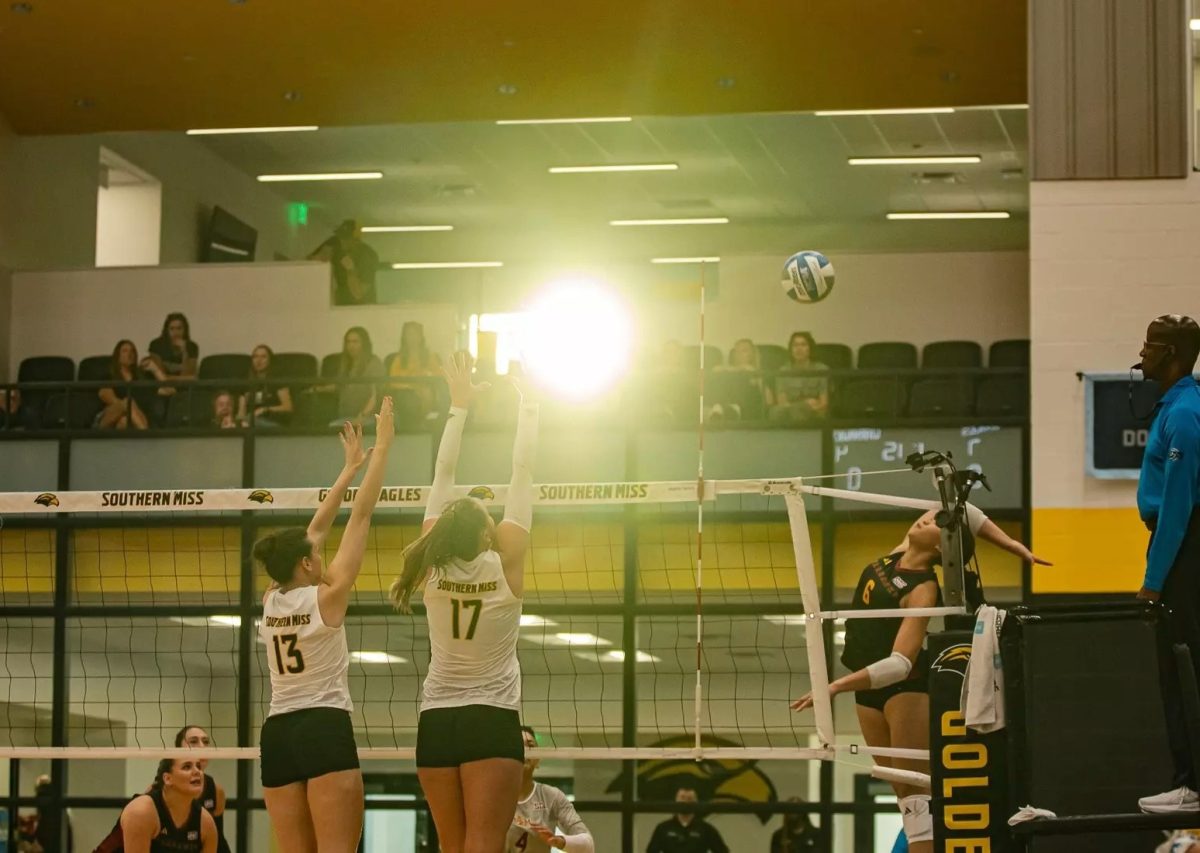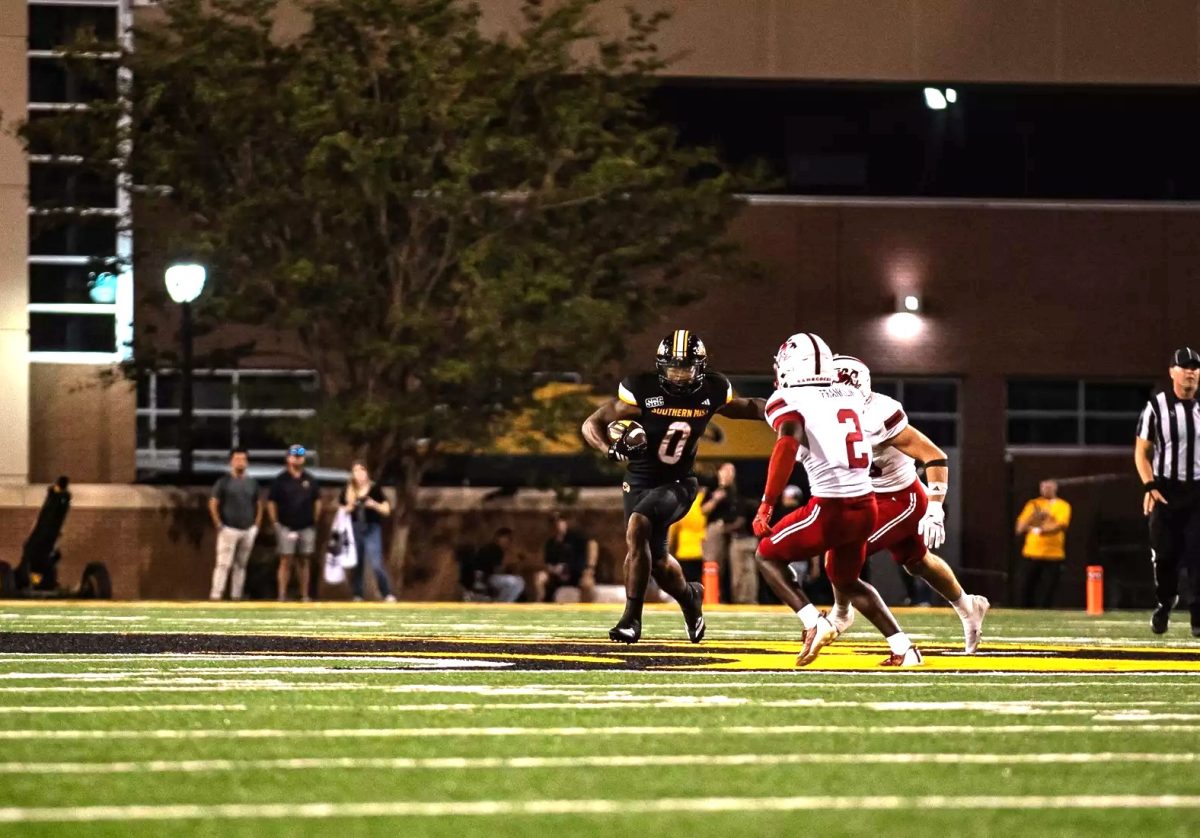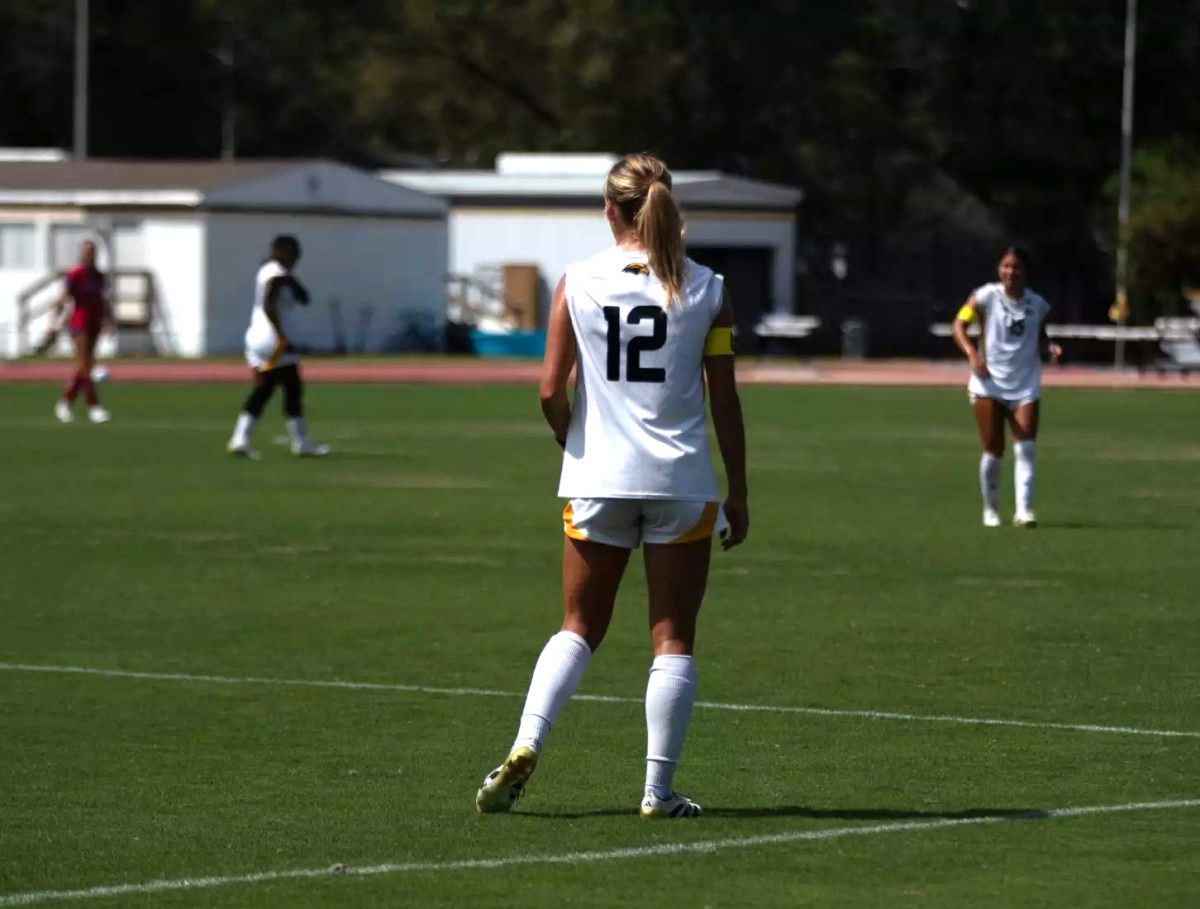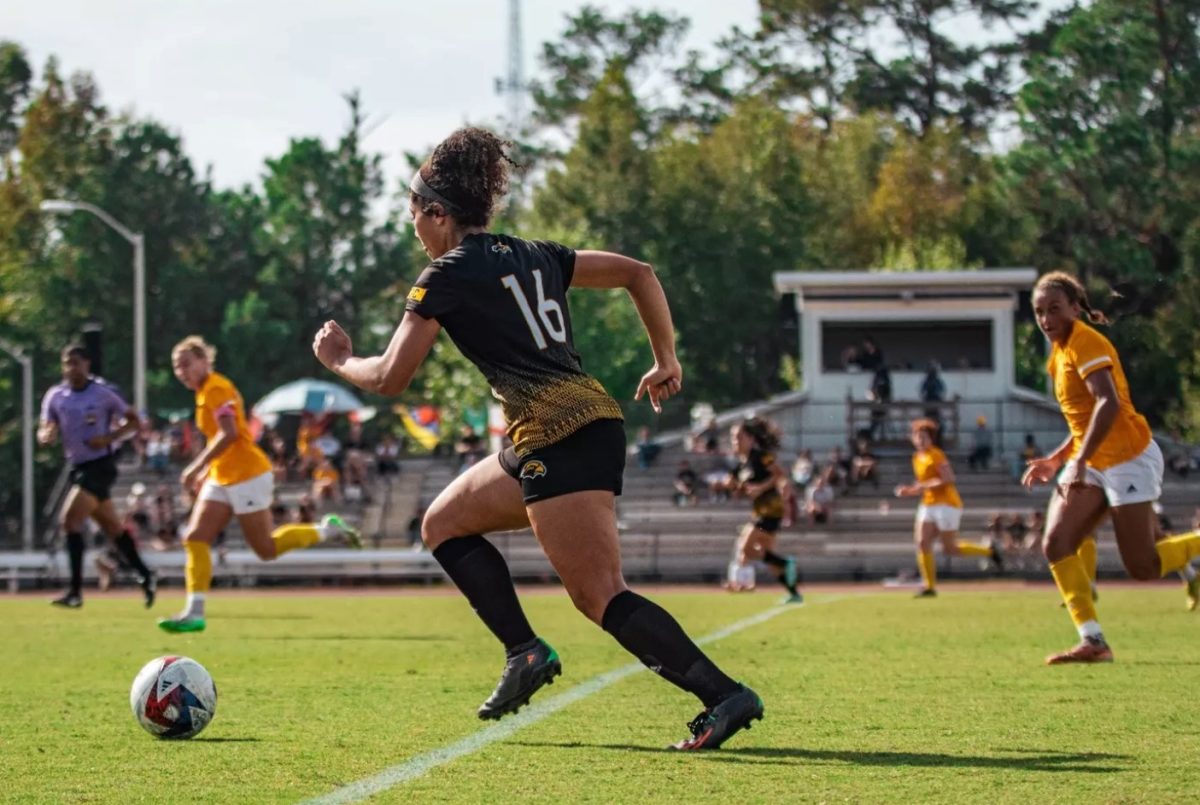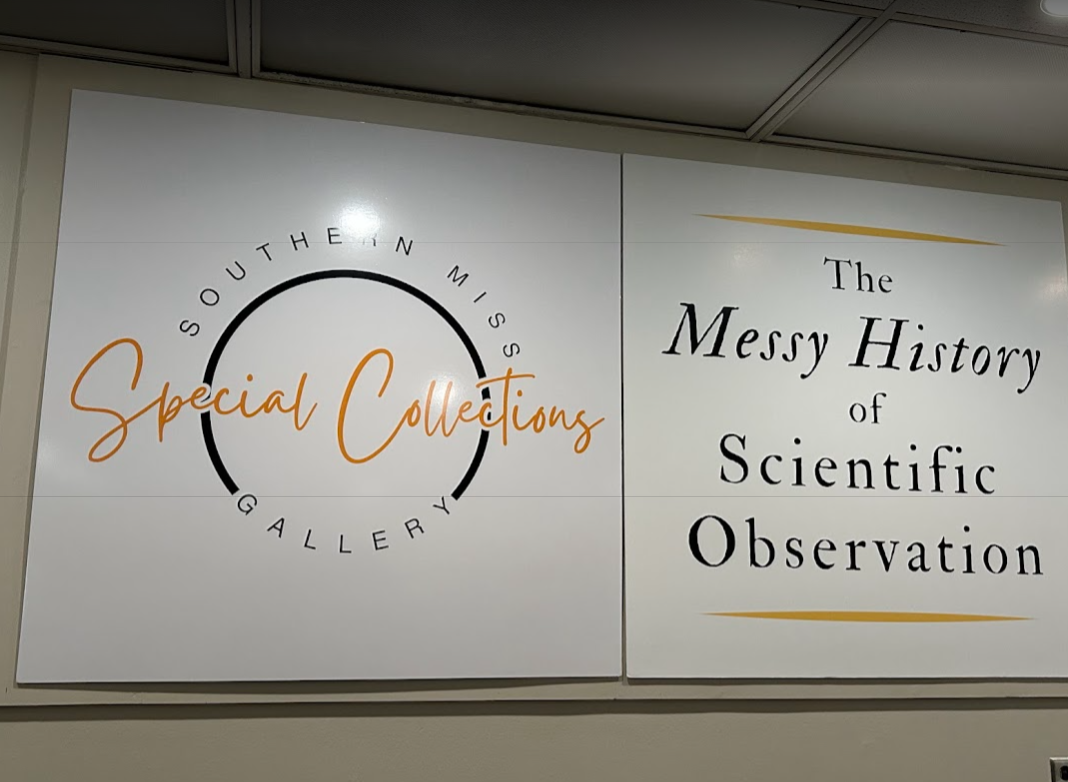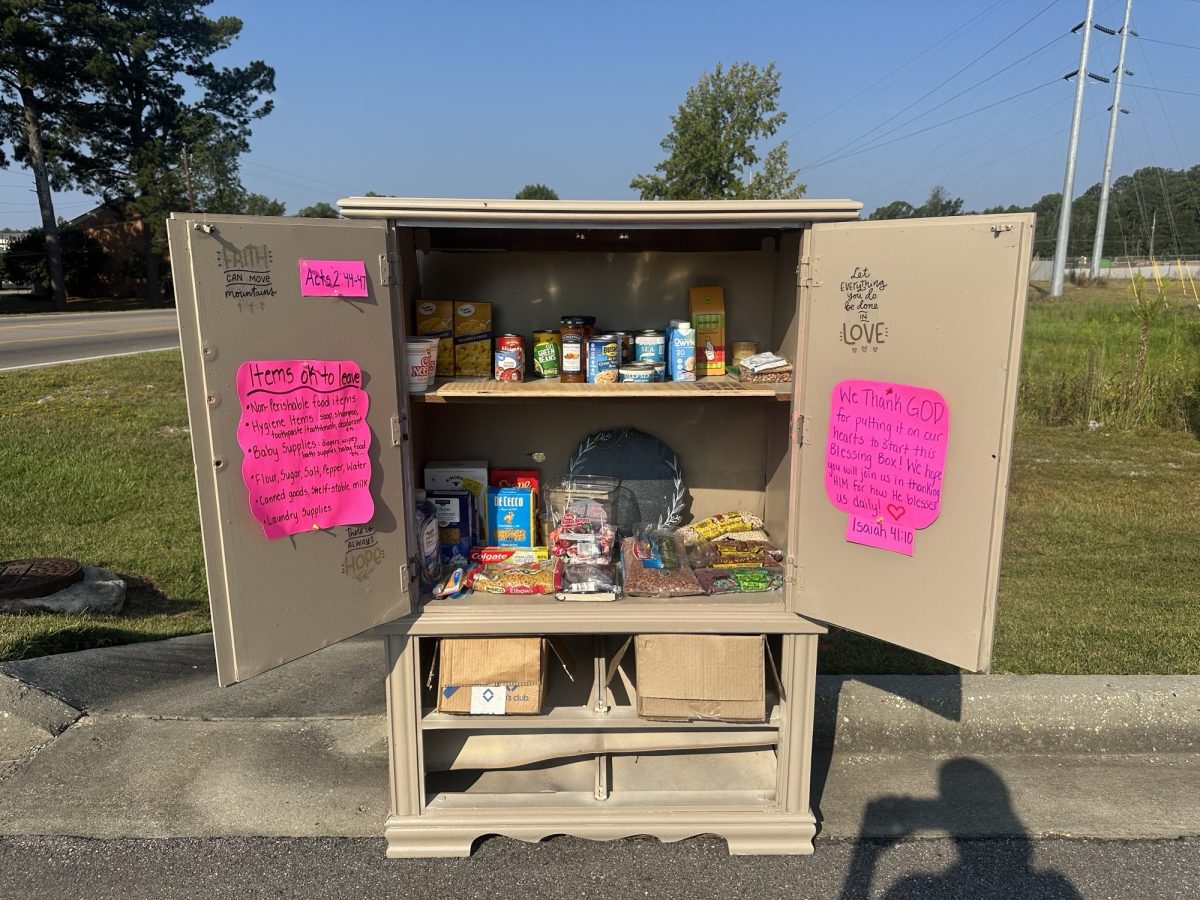Science materials from the Southern Miss University Libraries Special Collections are the focus of the exhibition “The Messy History of Scientific Observation,” now open on the second floor of McCain Archives and Library, featuring various observations in natural sciences as well as different technologies that have helped science move forward.
The exhibit explores the non-linearity of scientific discoveries with a small glimpse of how politics have affected science and big scientific achievements. The exhibit shows different parts of scientific discoveries from ancient uses of herbs to DNA replicators. Looking at different scientific discoveries and their uses, the collection also asks the observer to ponder the ethics behind scientific discoveries and brings up the message of “Just because you can does not mean you should.”
Lorraine Stuart, the Head of Special Collections and Curator of Historical Manuscripts & Archives, explains the purpose behind the exhibit.
“We have put this together to highlight some of our collections from historical manuscripts,” Stuart said. “We have assembled things in a roughly chronological order of how natural science was discovered.”
Stuart also mentioned wanting students, especially newer students who might not be familiar with all the resources at Southern Miss yet, to be familiar with some other resources on campus with the exhibit. The resources include the herbarium at Lake Thoreau and the museum at the Gulf Coast.
The completion of the exhibit was helped by multiple professors and groups around campus. Dr. Tammy Greer, who founded the Medicine Wheel Garden, lent some material for the collection. Dr. Mac Alford loaned a DNA copier for the exhibition. The Forensics Department also lent a few microscopes to help with the exhibition.
Uriah Jenkins, the Records Management Specialist, mentioned that observational science, preceding experimental science is why the collection has so many books featured.
“In many regards, observational science precedes the development of natural sciences,” Jenkins explained. “So, we wanted to highlight some of the interesting material that we have through a historical perspective.”
The highlights of the materials include archival material from physicist Richard Herzog, drawings from ichthyologist and GCRL museum founder Charles Eric Dawson, logs from ichthyologist A.G. Fish, and Stennis photography gifted by Bettie Cox. The collection also has a few manuscripts about sightings of mermaids and invites the audience to wonder about whether mermaids are real. The manuscripts contain details of alleged mermaid sightings and what the outcomes were if they were explored.
Plants and herbs are a big part of the exhibition. Jessica Clark, the assistant curator of Historical Manuscripts, explains that it is because of the deep history of plants and herbs in different cultures across the world.
“Throughout history, people have cultivated plants for a variety of reasons, whether it is to improve the taste of their dishes or for medicinal use,” Clark said. “When European settlers came to the Americas, they needed to have practical uses for everything that they were able to use.”
Clark then explained how medical care was not readily available at the time and that Native Americans used their knowledge to navigate which plants were safe for foraging and harvesting. She explained how Native Americans were eventually forced to lose touch with that part of their culture as they were forced out of their land. She mentioned that the Medicine Wheel Garden can help reconnect with some of those roots, and some of those materials are featured in the exhibit.
The exhibit is free and open to the public. The exhibit is also currently taking class visits. The exhibit is open from 9 am to 5 pm from Mondays to Fridays and will remain open until Oct. 17.


